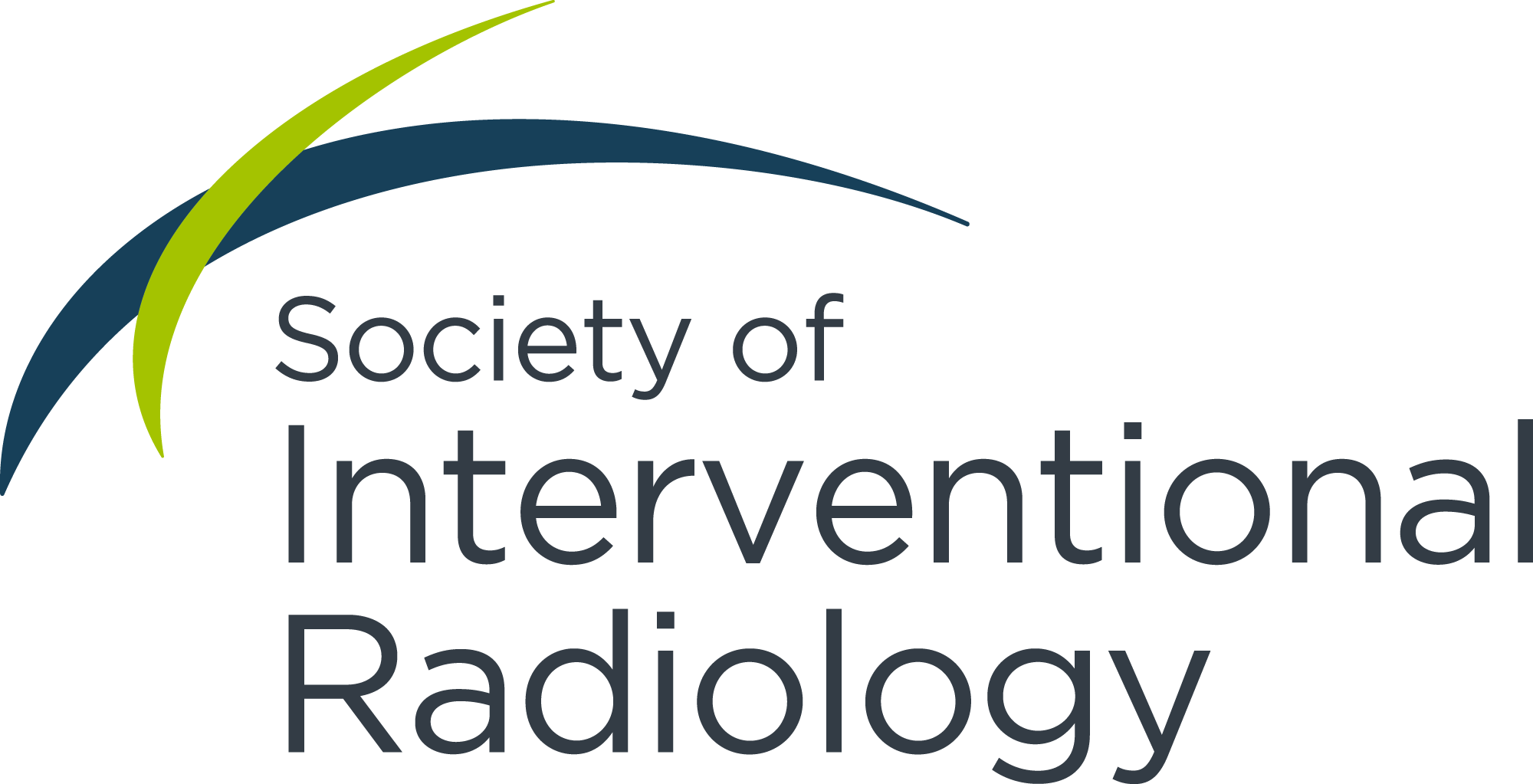
Recognizing the significance of interventional radiology as it relates to the current and future of endovascular stroke care, SIR established the Stroke Strategy Advisory Group to become active participants in training guidelines and ensure that body interventional radiologists have access to the education and training necessary to be part of comprehensive stroke care teams. Through the work of this group, SIR aims to increase patient access to endovascular stroke care; ensure adequate education, training and registry opportunities in stroke interventions for IRs; and demonstrate the value of IR participation in endovascular stroke care to critical stakeholders. Recently, Eric A. Wang, MD, FSIR, Charlotte Radiology, Charlotte, North Carolina, a member of SIR’s Stroke Strategy Advisory Group, spoke to other endovascular stroke experts to discuss the opportunities and challenges IRs face in delivering care to stroke patients.
Eric A. Wang, MD, FSIR: I was fortunate to have trained internally at my comprehensive stroke center hospital for almost two years with an established trifecta team consisting of an IR, an interventional neuroradiologist, and a neurosurgeon; additionally, I also obtained many hours of CME specific to acute stroke intervention and management. How were you able to get trained and credentialed to perform interventional stroke cases?
Nikhil Bhagat, MD: Our group consists of four experienced body-trained IRs. We are fortunate to be part of a larger academic health system. As a result, we were able to do our first cases and receive in-house training with a neuro IR from the main hospital who has extensive experience with stroke intervention. In addition, all four of us body IRs try to attend all stroke interventions. The more repetitions, the better!
Venu Vadlamudi, MD: I have formal fellowship training in both body IR and neuro IR. My senior body IR partners, who have been involved in stroke interventions since 2000, are “grandfathered” in stroke interventions. We have a defined credentialing process for new partners to become trained and credentialed in stroke interventions, including proctored stroke case evaluation, procedures and post-op care. It takes about two years for a new IR partner not formally trained in stroke/neuro IR to get up to speed clinically and technically and ultimately credentialed.
Dr. Wang: At our two stroke center hospitals (hubs) that provide coverage for 25 ER transfer sites (spokes), we have several body IRs who comprise the majority of the endovascular stroke team. Without IRs involved in intra-arterial (IA) stroke care, there would be inadequate coverage for the hundreds of stroke patients yearly in our two-state region who benefit from catheter-directed thrombectomies. How was the acceptance of IRs for stroke intervention at your hospital?
Kevin S. Hirsch, MD: We actually had to push the neurologists and ER physicians at our hospital to refer acute large-vessel ischemic stroke patients to us. At that time, few believed that we could actually improve patients’ outcomes. My very first patient was hemiplegic and aphasic until I removed the thrombus occluding his left middle cerebral artery (MCA). He started moving and talking before he got off the table. It was amazing! After that, there was no way that I would not offer this service to change and save patients’ lives. Once we demonstrated our outcomes, we won over many naysayers and gained traction.
David Sacks, MD, FSIR: The initial stroke neurologist was opposed. However, the credibility of IR throughout the hospital for all that we did and how we did it (with clinical and service commitment and technical expertise) provided credibility for stroke interventions. As neurointerventional physicians and stroke neurologists came and went, it was the continuous performance of the two body IR physicians that maintained the service. In addition, my ability to quote literature, evaluate risk and benefit for patient selection, and contribute on hospital stroke committees has given me—and IR—acceptance as stroke champions and experts. We are fortunate now that the stroke neurologist who heads the program and the neurocritical care stroke neurologists all view IR as the backbone of the program.
Dr. Bhagat: The neurologists were very eager to have us provide 24/7 stroke coverage. It took a few cases before neurology became comfortable with each of us individually, but we all currently have a great relationship with them.
Dr. Wang: At what point is the IR involved in the stroke pathway? Do you participate in the patient evaluation? What is your interaction with the other medical specialties and family members?
Dr. Vadlamudi: In our program, we lead the way for stroke interventions. IR gets notified when a patient meets clinical criteria warranting advanced neuroimaging for large-vessel occlusion (LVO) evaluation. Specifically, the ER and sometimes neurology call us to discuss the case when the patient is in the scanner for CTA/P. If these studies are positive for LVO, we move forward with thrombectomy (or transfer) and discuss with the patient/family. The decision for thrombectomy is ultimately IR’s based on clinical and imaging parameters. Postoperatively, we discuss the case with critical care and neurology.
Dr. Sacks: The first calls go to stroke neurology. If the case sounds possible for LVO, the stroke neurologist immediately calls IR. Stroke neurology effectively screens out unlikely cases. In previous years when general neurology was involved, IR was called late and for many unlikely cases. I estimate that we used to be called for at least four cases for every one we treated. It is now closer to 1.5:1. Patient selection is a joint decision by IR and stroke neurology (previously it was a decision by IR alone).
Dr. Bhagat: We are typically notified once the neurology team has a potential LVO case. After imaging is obtained, we review the films with the neurologist and discuss the clinical scenario. Once we come to a decision on intervention, we then speak to the family members about the procedure.
Dr. Wang: Is there administrative support and commitment from your hospital or radiology practice for the interventional stroke program? Do you have an interventional stroke champion at your site?
Dr. Sacks: I am the interventional stroke champion in my hospital and I have found that administrative support and commitment has been an evolution. I don’t think the administration really understood the resources it takes to run a stroke program. Trauma programs have resources mandated but, unless the hospital commits (which is different from “wants”) to be interventional certified, there is not a requirement to track data nor to provide the resources to improve door-to-puncture times. Support has gradually increased, as is clear from our neurocritical care service, but we still need more stroke neurologists.
Dr. Hirsch: When we started the program we had minimal support. We were already on call for the trauma center and all other things IR. We added stroke call to our existing call without any incentives aside from our own desire to help these patients. Now, being a high-level program with great depth, there is much more support.
Dr. Wang: Do you have a process in place for data collection, quality improvement and benchmarking? Are there dedicated support personnel to enter and analyze the data?
Dr. Vadlamudi: Yes. All stroke thrombectomy cases are entered into an internal database with quality improvement/quality assurance (QI/QA) review and benchmarking against nationally accepted standards (most recently, Dr. Sack’s multi-society stroke QI guidelines). Within our hospital system, data is also abstracted by a third party and entered into the NeuroVascular Quality Initiative® (NVQI®) database. We do not have a dedicated person to maintain our stroke database—this is something I maintain as part of our IR program and also within our overall stroke program.
Dr. Sacks: This is a process in evolution, but we are at a good place. We have used the Interventional Stroke Therapy Outcomes Registry (INSTOR), which requires imaging and intervention details that require physician determination. I review every stroke intervention case and provide the necessary physician data points to a data-entry nurse who then enters the data into the registry. We will probably change our registry to the American Heart Association’s Get With the Guidelines Registry to avoid duplication, though there are some limitations to this registry. For a year we were without the data entry nurse and the forms stacked up. We would have considered discontinuing our stroke care if this didn’t improve. We consider data tracking to be critical in identifying problems, opportunities for improvement and assessing the quality of our work. Each interventional case is reviewed at a twice-monthly multidisciplinary conference where we discuss whether we have met our timelines for door-to-puncture to revascularization and, if we haven’t, why not. I would not consider participating in a stroke program that doesn’t track data, including 90-day functional outcomes.
Dr. Wang: Is your stroke call combined with IR call? Does your hospital or radiology practice provide compensation for the additional interventional stroke coverage?
Dr. Sacks: Our stroke service is provided by two body IRs and one endovascular neurosurgeon. This is not sufficient for us to provide 24/7 coverage. Since only two of our four body IRs are involved in the stroke program, there are times without coverage. When I or my other stroke body IR physician are on call for body IR we are automatically also on call for stroke. This can lead to lack of availability for services. If I am treating a trauma case or a GI bleed then a stroke may need to be shipped and vice versa. This has almost never happened, but it could happen as the number of stroke cases grows. The IR physicians can also volunteer for additional stroke call when we are not on body IR call. The IR physicians do receive additional compensation from the hospital for stroke coverage. The amounts vary depending on whether the stroke call is combined with IR call and whether the call is during a weeknight or weekend. Since not all of the IR physicians take part in the stroke program, we needed a way to compensate the stroke IR physicians for the extra call.
Dr. Hirsch: Our stroke call is combined with our IR call as it has always been. Now that we have the full complement of specialists, we always have backup with our neurointerventional radiologist or endovascular neurosurgeon. We have not received any additional compensation for stroke call coverage. This may seem unfair because, as our program has grown, we have been called in much more frequently; however, being integral to the stroke program also makes us invaluable. This is a good position to be in for any physician. Furthermore, when you see a life-changing outcome, it is extremely rewarding in a way that most other procedures cannot accomplish.
Left internal carotid artery occlusion seen on initial CTA, confirmed on angio.
After IR thrombectomy at Carolinas Medical Center, complete restoration of blood flow to the left brain hemisphere. Patient had full recovery and no post-stroke neurologic deficits, with 90-day mRS 0.
Large emboli segments extracted.
Dr. Wang: What challenges do IRs face in participating on stroke care teams? How can SIR work on addressing these challenges?
Dr. Bhagat: Each practice has its own challenges—competing specialties, competing hospitals and limited clinical availability of vascular neurology are only a few examples. SIR must continue to establish itself as a key player in stroke intervention. Outside of neurointerventionalists, body IRs have the strongest foundation in image interpretation and catheter skills of any other specialty, making training in stroke thrombectomy the logical next step. With data from DAWN and DEFUSE-3 trials becoming the mainstays of stroke therapy, the demand for thrombectomy is only increasing. That is why SIR’s Stroke Strategy Advisory Group is working to establish a training pathway for body IRs interested in stroke and to help us navigate the challenges in dealing with competing specialties in the future.
Dr. Hirsch: Currently, our IR physicians do not face any internal challenges to participate on the stroke team and we participate as equals with the other specialists on the team. However, there is a movement from other specialists to exclude IRs from performing acute ischemic stroke interventions and caring for stroke patients. We recently received an as-yet-unspecified “complaint” about our program that resulted in a surprise visit from our stroke center credentialing provider. There was a major focus on our call schedule and the specialty of the physicians performing the procedures. Shockingly, our excellent outcomes seemed to be an afterthought. I suspect that IR physicians across the country will encounter similar situations. It is extremely disappointing given the level of dedication and expertise that IRs have demonstrated in this area of patient care. The nonstroke endovascular training of IRs, combined with our strong clinical background and volume of related cases, make IR the specialty best suited to learn and excel in the care of patients with acute ischemic strokes. Unfortunately, this exclusion is a pattern we have seen in many other areas that IRs pioneered and once dominated. SIR should continue to strongly advocate and lobby for IRs to remain essential providers in the care of patients with acute ischemic strokes. It would really be a shame and detriment to many patients if IRs were pushed out of this arena.
Dr. Vadlamudi: Unfortunately, stroke (both clinical and imaging workup/management and technical/procedural skills) is not part of routine training of IR residents and fellows or incorporated into most IR practices. In our practice, it may take up to two years to train an attending IR in stroke. SIR is working to address these challenges as it develops the IR Residency Curriculum (IRRC). The IRRC working group is will include standards for stroke education and training as part of this national curriculum. Additionally, SIR helps with education and training of established IRs with offerings like the Stroke Course at the Annual Scientific Meeting and working with high-volume centers to coordinate hands-on training opportunities.
Images courtesy of Charlotte Radiology.












